Effective Tooth Cleaning Techniques for Better Oral Hygiene
- Why Tooth Cleaning Is Essential for Oral Health
- Basic Tooth Cleaning Methods
- Advanced Cleaning Techniques for Better Results
- Common Mistakes to Avoid During Tooth Cleaning
- How Your Diet Affects Tooth Cleaning and Oral Health
- Choosing the Right Tooth Cleaning Tools
- The Importance of Regular Dental Checkups
Why Tooth Cleaning Is Essential for Oral Health
Tooth cleaning is one of the most crucial aspects of maintaining oral hygiene. Neglecting to clean your teeth can lead to plaque buildup, cavities, gum disease, and bad breath. Over time, poor tooth cleaning habits can contribute to more severe dental issues that might require professional treatment. Regular cleaning removes food particles and bacteria, ensuring your mouth remains healthy and fresh. But it’s not just about preventing decay—it’s also about keeping your smile bright and your gums healthy.
Basic Tooth Cleaning Methods
The foundation of good oral hygiene lies in the basics of tooth cleaning. The most common and effective method is brushing your teeth twice a day. Here are a few key techniques to follow:
- Use a soft-bristled toothbrush to avoid damaging your gums.
- Brush in gentle, circular motions to ensure you clean all surfaces of your teeth.
- Use fluoride toothpaste to help prevent cavities and strengthen tooth enamel.
- Don’t forget to clean your tongue, as bacteria can accumulate there too.
Flossing is another essential step. Flossing helps remove food particles and plaque from between your teeth, areas where your toothbrush may not reach. A gentle back-and-forth motion with the floss can ensure better oral health.
Advanced Cleaning Techniques for Better Results
For those looking to take their oral hygiene to the next level, there are a few advanced tooth cleaning techniques to consider:
- Electric Toothbrushes: These are more effective at removing plaque compared to manual brushing, with oscillating and rotating motions that ensure better cleaning of hard-to-reach areas.
- Water Flossers: These devices use a stream of water to clean between teeth, providing a gentle alternative to traditional flossing and a great option for individuals with braces or sensitive gums.
- Antibacterial Mouthwash: Incorporating an antibacterial mouthwash into your routine can help kill bacteria, reduce plaque, and prevent gum disease.
Common Mistakes to Avoid During Tooth Cleaning
Even with the best intentions, people sometimes make mistakes while cleaning their teeth. These common mistakes can affect your oral health:
- Brushing Too Hard: Brushing aggressively can damage your gums and enamel. It’s important to use gentle, circular motions.
- Not Brushing Long Enough: Many people don’t brush their teeth for the recommended two minutes. Make sure you give each section of your mouth equal attention.
- Neglecting Regular Flossing: Flossing is just as important as brushing. Skipping this step can lead to plaque buildup between your teeth, which brushing alone cannot reach.
How Your Diet Affects Tooth Cleaning and Oral Health
What you eat plays a significant role in your oral health. Diets rich in sugar and acidic foods can lead to tooth decay and gum problems. Here are a few tips for a tooth-friendly diet:
- Eat Plenty of Fruits and Vegetables: These foods help to clean your teeth naturally while providing essential vitamins and minerals.
- Limit Sugary Snacks: Frequent sugar intake feeds the harmful bacteria in your mouth, which can lead to cavities.
- Drink Water: Water helps rinse away food particles and bacteria, maintaining a clean mouth and fresh breath.
Choosing the Right Tooth Cleaning Tools
Not all toothbrushes, toothpaste, and floss are created equal. To ensure optimal oral hygiene, it's essential to choose the right tools:
- Toothbrush: Choose one with soft bristles to protect your gums and enamel. A toothbrush with a smaller head can help you clean hard-to-reach areas.
- Toothpaste: Opt for a fluoride toothpaste to help prevent cavities. There are also options available for whitening or sensitive teeth.
- Floss: Choose between traditional floss or dental tape, or consider a water flosser if you have braces or sensitive gums.
The Importance of Regular Dental Checkups
Even with the best at-home tooth cleaning techniques, it’s essential to visit your dentist regularly. Professional cleanings and checkups help prevent dental issues before they become serious. Your dentist can also offer personalized advice on improving your oral hygiene routine.
For more information on maintaining your oral health, check out Dentistry Toothtruth for expert tips and advice.

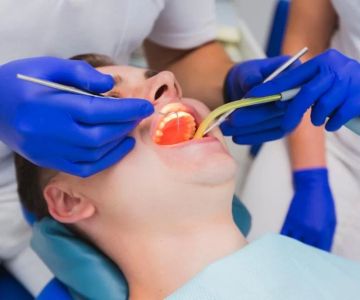
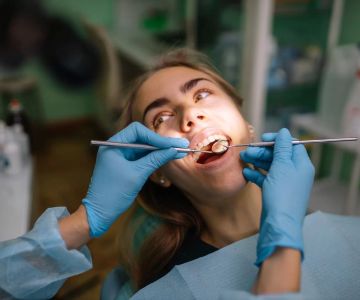


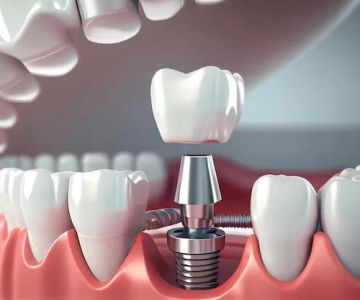

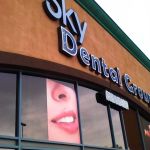 Sky Dental Group2.0 (54 review)
Sky Dental Group2.0 (54 review)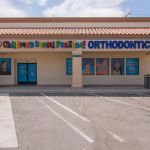 Children’s Dental FunZone - Pediatric Dentist & Orthodontist - Colton4.0 (26 review)
Children’s Dental FunZone - Pediatric Dentist & Orthodontist - Colton4.0 (26 review) Today's Dental MN3.0 (168 review)
Today's Dental MN3.0 (168 review) Kevin Walker DDS and Mae Lee Springer DDS5.0 (125 review)
Kevin Walker DDS and Mae Lee Springer DDS5.0 (125 review) Tend East Nashville4.0 (319 review)
Tend East Nashville4.0 (319 review) Plum Grove Dental Center5.0 (290 review)
Plum Grove Dental Center5.0 (290 review) The Importance of Oral Health Education During Pregnancy for a Healthy Pregnancy
The Importance of Oral Health Education During Pregnancy for a Healthy Pregnancy Best Tips for Brushing Your Teeth Properly for Healthy Gums: Essential Techniques for Oral Health
Best Tips for Brushing Your Teeth Properly for Healthy Gums: Essential Techniques for Oral Health Why Skipping Dental Checkups Can Lead to Bigger Oral Health Problems
Why Skipping Dental Checkups Can Lead to Bigger Oral Health Problems Advantages of Porcelain Dental Restorations
Advantages of Porcelain Dental Restorations How Can Diabetes Cause Tooth and Gum Problems? Preventing and Managing Oral Health Issues
How Can Diabetes Cause Tooth and Gum Problems? Preventing and Managing Oral Health Issues Healthy Habits for Promoting Good Oral Health and Hygiene: Tips for a Healthy Smile
Healthy Habits for Promoting Good Oral Health and Hygiene: Tips for a Healthy Smile